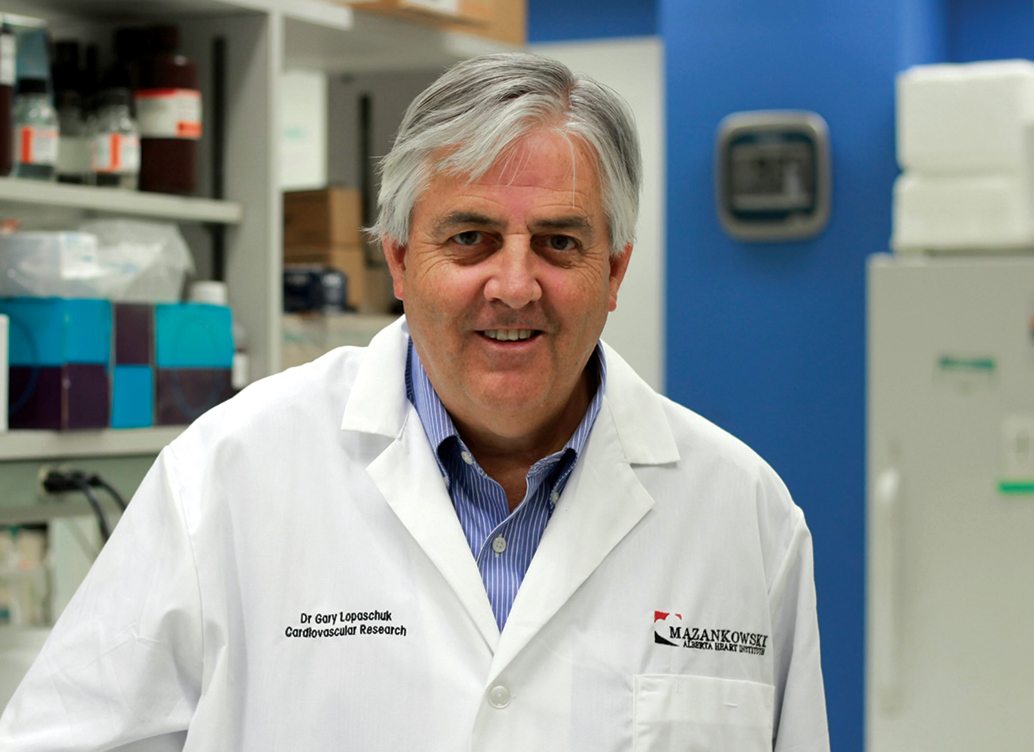When Gary Lopaschuk’s three kids were little, they used to lay in bed at night listening for their dad coming to check on them. They’d hear his voice whoop. The floor thump. And they’d know their dad was springing down the hallway in a series of backflips like the accom-plished acrobat that he told them he was.
Don’t come out to look, he’d warned. He might bowl them over with his powerful flips and they’d be hurt. For a long time, they heeded the warning. Until one night, his son David peeked — and caught his dad whooping, thumping his feet and so engrossed in acting out this fantasy that he was miming the motion of back-flips with his hands.
Lopaschuk had a giant imagination and an equally sized brain, and he used both to revolutionize heart disease research, and then educate the world about it. He loved to give public talks about cardiovascular health (you’ll find plenty of them on the internet). The heart, he liked to say, needs more energy than any other organ in the body because of its continuous need to contract. It gets that energy from burning two kinds of fuel — fatty acids and sugars.
Normally, the heart uses a balance of both. Early in his career, Lopaschuk became convinced the kinds of fuel used by the heart — too much of one or the other — affects its ability to function.
He proved this theory, and went on to help develop drugs that manipulate the types of fuel the heart uses in different diseases.
In 2005, Lopaschuk suddenly understood heart function on a different level. His daughter Sarah, then 20, was killed in a car accident while studying in Australia. For a long time after, her father kept her photo as the screensaver on his computer. He always carried a sadness in his heart for his daughter, but his dedication to the hearts of others stayed the same.
His ideas, colleagues agree, were ahead of their time, and his research put the University of Alberta on the global cardiovascular research map. Today, his work on metabolic modulators — drugs that change how the heart uses energy sources to make it work more efficiently — is core to new generations of heart disease and diabetes medicine.
